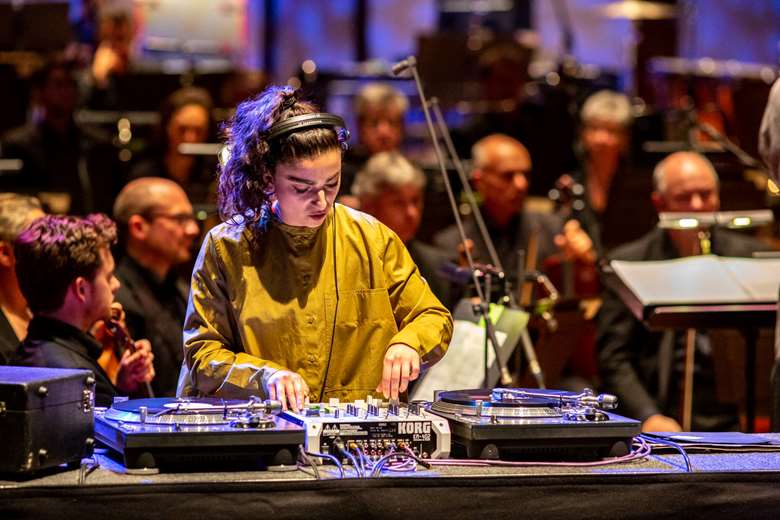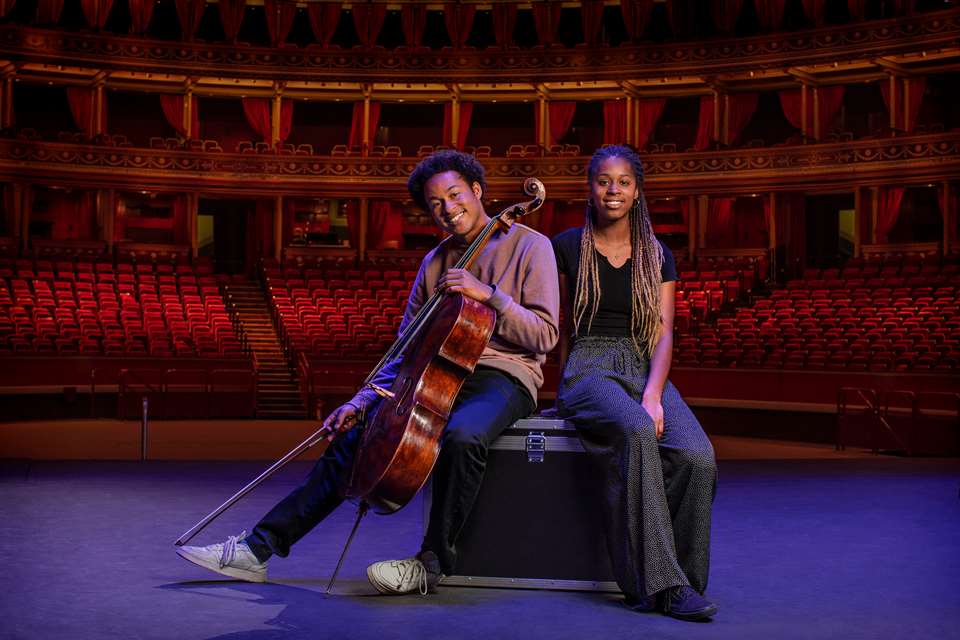Shiva Feshareki: creating space through music
Samara Ginsberg
Thursday, May 27, 2021
Samara Ginsberg speaks to a composer for whom performance space is integral to the process of writing

(c) Victor Frankowski

Register now to continue reading
Don’t miss out on our dedicated coverage of the classical music world. Register today to enjoy the following benefits:
- Unlimited access to news pages
- Free weekly email newsletter
- Free access to two subscriber-only articles per month
